Blogs & News
We are focus on automotive wiring harness & connectors technology.
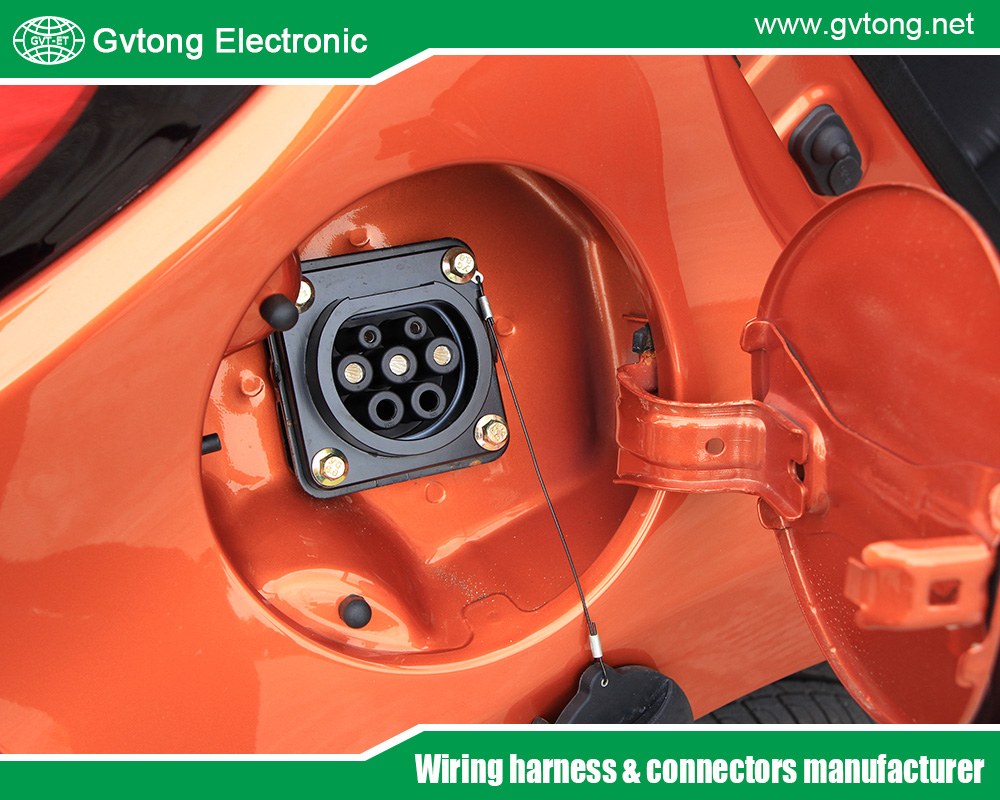
Automotive Diagnostic Connectors: The Gateway to Vehicle Health
- Gvtong Electronic
- 48V board net connectors, Anti-vibration automotive connectors, Automated assembly connectors, automotive antenna connector, automotive coaxial connector, automotive data connector, automotive diagnostic connector, automotive diagnostic connector manufacturer, automotive diagnostic connector supplier, automotive diagnostic connectors, automotive electrical connector, automotive high - frequency, automotive High voltage connector, automotive hybrid connector, automotive Low voltage connector, automotive Oil-resistant Connectors, automotive optical fiber connector, automotive power distribution, Automotive shielded connectors, automotive Signal Connector, automotive vibration - resistant, automotive waterproof connectors, Automotive-grade AEC-Q200 connectors, Blind-mate automotive connectors, Cost-effective automotive connectors, Customized Structural Parts, Energy Storage Wire, Halogen-free automotive connectors, High Pressure Connectors, High Pressure Wire, High-speed data connectors, High-temperature resistant connectors, Industrial Control Connectors, Low Pressure Connectors, Low Pressure Wire, Low-contact resistance connectors, Medical Wire, Modular automotive connectors, Multi-variation connectors, Oil-resistant automotive connectors, Precision injection molding/coated parts, Recyclable material connectors, Redundant safety connectors, Thermal management connectors, Wind And Solar Storage, Wireless charging connectors, Wiring harness
- No Comments
Automotive Diagnostic Connectors: The Gateway to Vehicle Health
Imagine a world where fixing a car meant hours of trial and error, guessing what might be wrong under the hood. Now picture a small port that unlocks a treasure trove of data about your vehicle’s performance, pinpointing issues in minutes. That’s the magic of the automotive diagnostic connector, a standardized interface that has become indispensable in modern vehicles. These connectors allow technicians, mechanics, and even car owners to communicate with a vehicle’s electronic systems, diagnosing problems and monitoring performance with precision.
The most common example is the OBD-II (On-Board Diagnostics II) connector, a 16-pin port found in nearly every car sold in the United States since 1996. But what makes this little plug so powerful? How did it come to be, and what does the future hold for automotive diagnostics? In this article, we’ll explore the history, components, functionality, and evolving role of automotive diagnostic connectors, shedding light on their importance in keeping our vehicles running smoothly.
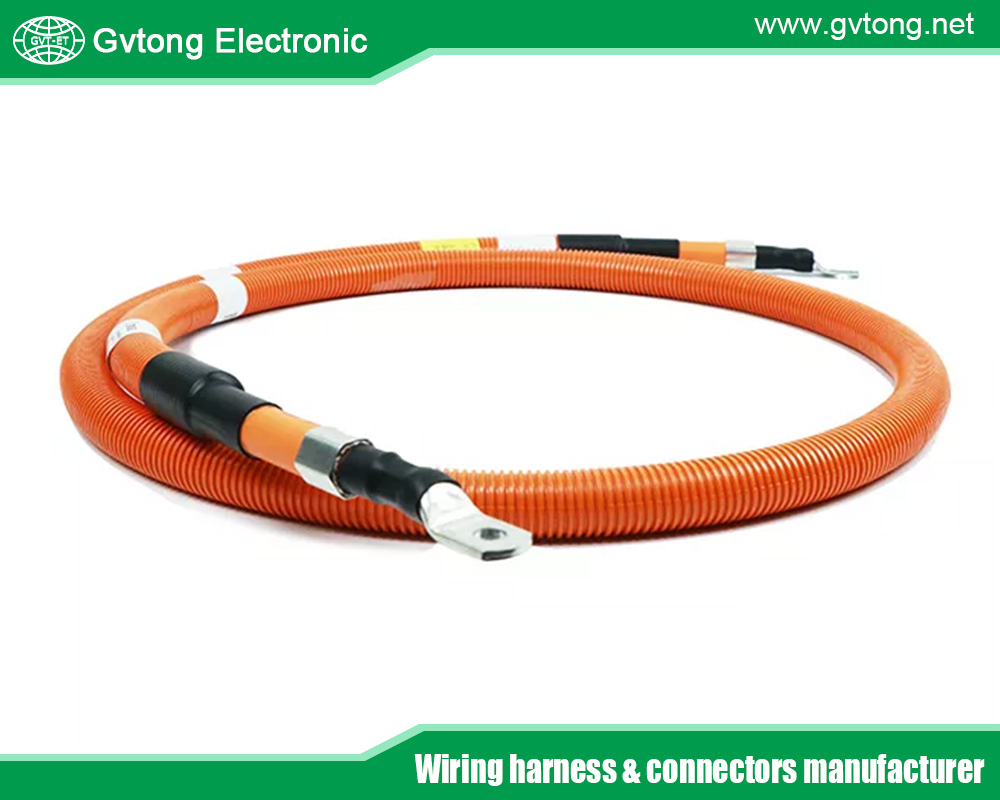
History and Evolution of Diagnostic Connectors
The journey of automotive diagnostic connectors began in the 1960s and 1970s, when cars started transitioning from purely mechanical systems to ones with electronic components. Early vehicles used basic electronics for functions like fuel injection and ignition timing, but diagnosing issues was a challenge. Each manufacturer developed its own proprietary connectors and diagnostic methods, meaning mechanics needed specialized tools for every brand they serviced. This patchwork approach was inefficient and costly.The push for standardization led to the introduction of OBD-I (On-Board Diagnostics I) in the 1980s, primarily in California as a response to tightening emissions regulations. While OBD-I was a step forward, it wasn’t uniform—manufacturers still used different connectors and protocols. The real breakthrough came in 1996, when the United States mandated OBD-II for all new vehicles. This system introduced a universal 16-pin connector and standardized diagnostic trouble codes (DTCs), making diagnostics consistent across makes and models. Since then, OBD-II has become the global benchmark, influencing standards like EOBD in Europe and JOBD in Japan.This evolution from chaos to consistency has transformed automotive repair, empowering technicians and simplifying vehicle maintenance worldwide.
Types of Diagnostic Connectors
While OBD-II is the star of the show, it’s not the only diagnostic standard out there. Here’s a quick rundown of the main types:
- OBD-II: The dominant standard in the U.S. and Canada, OBD-II is known for its 16-pin connector and broad compatibility. It’s the backbone of modern diagnostics.
- EOBD (European On-Board Diagnostics): Essentially OBD-II with a European twist, EOBD aligns with EU emissions standards but functions similarly.
- JOBD (Japanese On-Board Diagnostics): Japan’s take on OBD-II, tailored to its domestic market while maintaining core similarities.
Older vehicles might still use OBD-I or proprietary systems, but these are relics of the past, overshadowed by the universal adoption of OBD-II and its variants. Regardless of the name, the goal is the same: to provide a reliable way to access a vehicle’s diagnostic data.
Components and Pinout of the OBD-II Connector
The OBD-II connector is a trapezoidal, 16-pin plug usually tucked under the dashboard on the driver’s side. Its standardized design ensures that any OBD-II-compliant diagnostic tool can plug in and start talking to the vehicle. But what’s inside this small yet mighty port?Each of the 16 pins has a specific role, enabling communication, power supply, and grounding.
Some pins (marked “discretionary”) are left for manufacturers to customize, while others are dedicated to specific communication protocols like CAN (Controller Area Network) or ISO 9141. Pins 4, 5, and 16 provide grounding and power, meaning diagnostic tools can operate without an external battery. This clever design makes the OBD-II connector both versatile and user-friendly.
How Diagnostic Connectors Work
So, how does plugging a tool into this port reveal what’s wrong with your car? The OBD-II connector acts as a bridge between the vehicle’s Electronic Control Units (ECUs)—the “brains” managing everything from the engine to the transmission—and an external diagnostic device.When you connect a tool to the port, it sends requests to the ECUs using one of several communication protocols:
- CAN: Fast and reliable, used in most modern vehicles.
- ISO 9141: Common in older models.
- SAE J1850: Found in some American cars before CAN took over.
The ECUs respond with data, such as:
- Diagnostic Trouble Codes (DTCs): Codes like “P0300” (random misfire) that flag specific issues.
- Live Data: Real-time readings from sensors, like engine speed or oxygen levels.
- Freeze Frame Data: A snapshot of conditions when a fault occurred.
The diagnostic tool interprets this information and displays it in a readable format. For example, if your check engine light is on, the tool might reveal a code indicating a faulty spark plug, saving hours of manual troubleshooting.
Applications and Uses of Diagnostic Connectors
Diagnostic connectors are a game-changer for anyone working with vehicles. Here’s how they’re used in practice:
Professional Use
- Reading and Clearing Codes: A mechanic can pull a DTC like “P0420” (catalytic converter issue) and reset the light after fixing it.
- Live Data Monitoring: Watching sensor outputs in real-time helps diagnose tricky, intermittent problems.
- System Testing: Tools can activate components—like turning on the radiator fan—to check if they’re working.
- Programming: Advanced scanners update ECU software or configure replacement parts.
Enthusiast and DIY Use
- Performance Tracking: Car buffs monitor metrics like turbo boost or fuel efficiency to fine-tune their rides.
- Basic Diagnostics: Affordable OBD-II scanners (some as cheap as $20) let owners check codes themselves.
- Customization: Certain tools tweak settings, like enabling hidden features in the car’s computer.
Beyond repair, diagnostic connectors are vital for emissions testing, ensuring vehicles meet environmental standards by checking systems like the exhaust gas recirculation (EGR).
Importance in Vehicle Maintenance and Repair
The impact of diagnostic connectors on vehicle maintenance is profound:
- Faster Diagnostics: DTCs and live data cut diagnostic time from hours to minutes.
- Cost Savings: Pinpointing the exact issue avoids replacing parts unnecessarily.
- Owner Empowerment: With a scanner and some know-how, anyone can tackle minor fixes or decide when to see a pro.
- Preventive Care: Regular checks catch small problems—like a failing sensor—before they snowball into breakdowns.
Consider this: a mechanic once used an OBD-II scanner to trace a “P0171” code (lean fuel mixture) to a clogged air filter, a $15 fix that could’ve led to engine damage if ignored. That’s the power of diagnostics at work.
Future Trends and Developments
As cars evolve into electric and autonomous marvels, diagnostic connectors are keeping pace. Here’s what’s on the horizon:
- Wireless Diagnostics: Future vehicles might ditch physical ports for Wi-Fi or Bluetooth, enabling remote checks and OTA updates.
- Telematics Integration: Cars could send real-time data to service centers, alerting you to issues before you notice them.
- Cybersecurity: With connectivity comes risk—diagnostic systems will need robust protection against hacking.
- AI and Predictive Maintenance: Big data and artificial intelligence could predict part failures, scheduling repairs proactively.
Electric vehicles (EVs) might also shift diagnostics toward battery health and charging systems, while autonomous cars will demand diagnostics for sensors and software. The connector as we know it may fade, but its role will only grow.
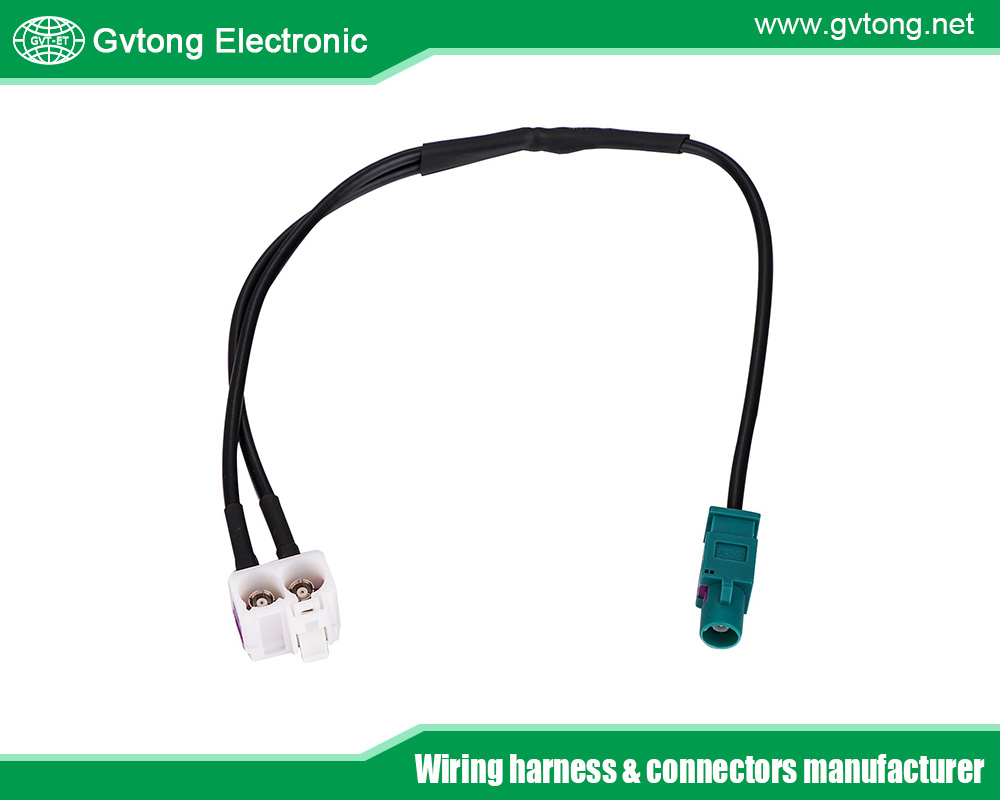
Conclusion
From a humble plug to a cornerstone of automotive technology, the automotive diagnostic connector has come a long way. It’s the unsung hero that keeps our cars running, offering a window into their electronic souls. The OBD-II standard, with its universal design and powerful capabilities, has made vehicle maintenance faster, cheaper, and more accessible than ever.As we look to the future, diagnostic connectors will adapt to a world of smart, connected vehicles, ensuring we stay ahead of the curve. Whether you’re fixing a misfire, tuning a hot rod, or just keeping your daily driver in check, these connectors are your key to understanding—and mastering—the machines we rely on every day.
For more about the automotive diagnostic connectors: the gateway to vehicle health, you can pay a visit to Gvtong at https://www.gvtong.net/ for more info.
Recent Posts
Revealing the Core Advantages of Automotive Hybrid Connectors
What is the 12 Volt Automotive Wire Connector
Recommend the Best ADAS Automotive Connector Manufacturers in China
What is an Electrical Distribution System and How to Choose It
The Top Automotive Electrical Connectors Manufacturers You Want to Know
How to Choose the Best Automotive Connector Suppliers in Vietnam
The Best High Current Connectors Automotive Manufacturer in China
Tags
Recommended Products
-
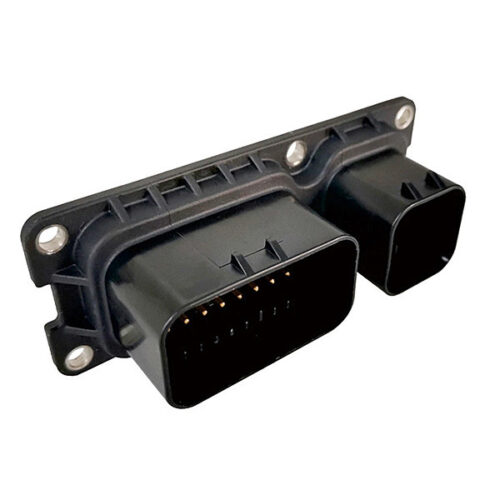
Combination connector-31 core (8+23) socket
-
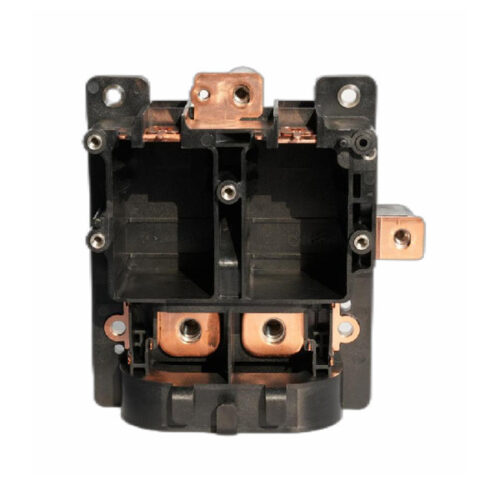
Filter copper bar assembly
-
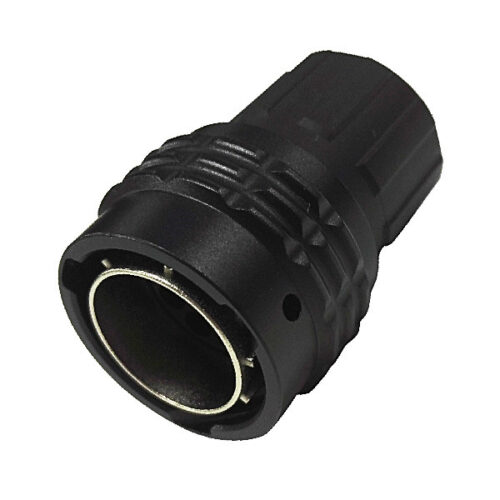
GR Series-8-core 12# circular signal connector
-
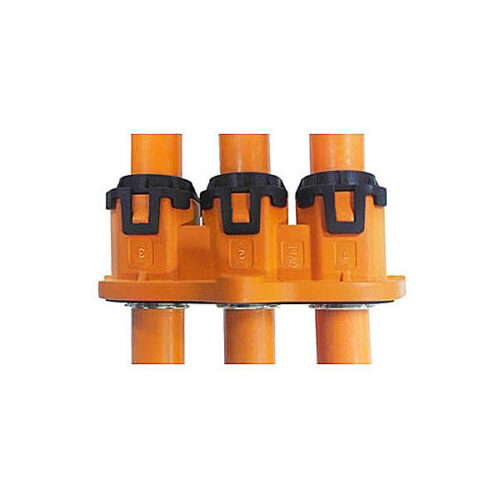
Automotive 3-Core Plastic Via Connector, 3-Pin Automotive DC Connectors, Automotive Plugs Cnd Connectors
-
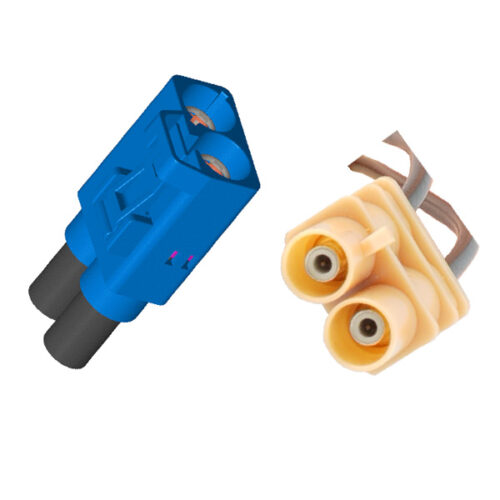
Automotive FAKRA Dual Connector For Wireless Antenna, GPS, Satellite Broadcasting, RF Bluetooth, IVI Information
-
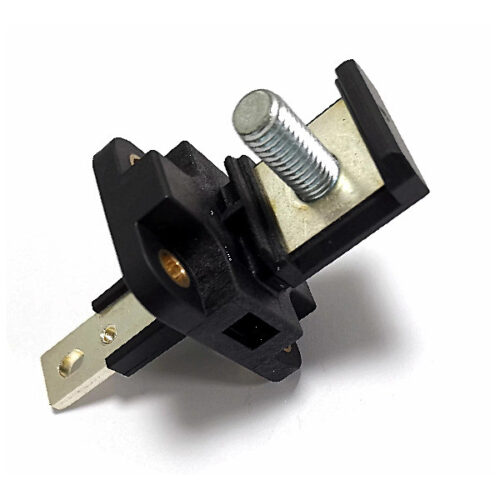
GH Series-DCDC Through-the-Wall Terminal B
-
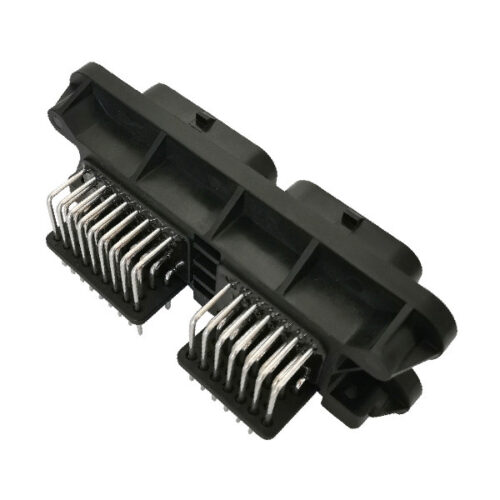
GE Series – 60-core (34+26) combined connector-socket
-
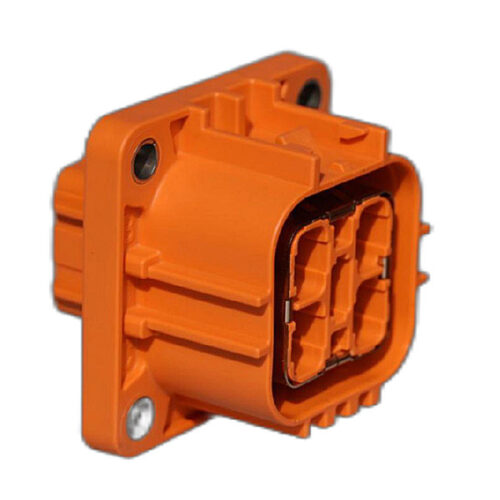
GH630 Series-4-core plastic high voltage connector
